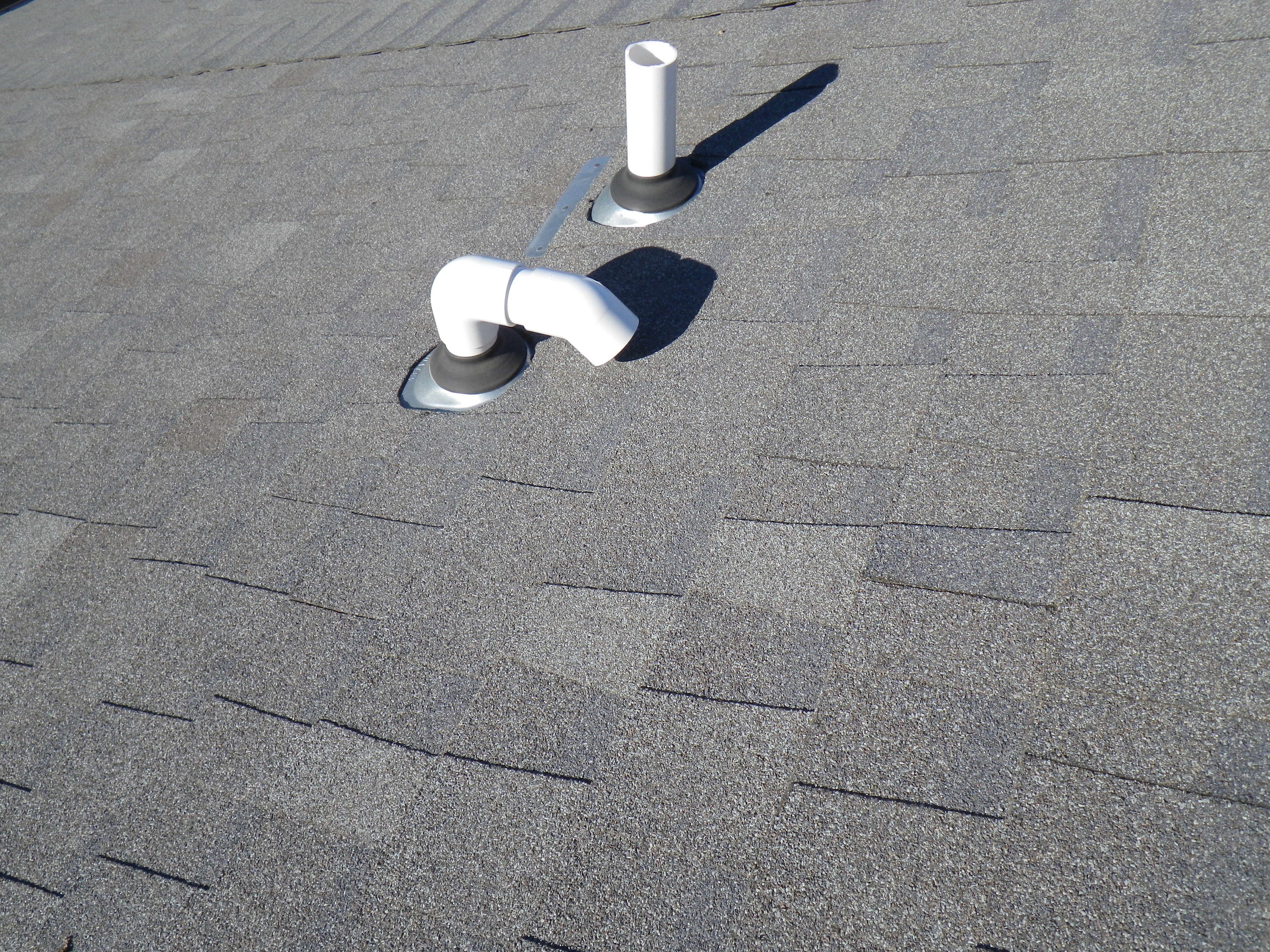
Sensing a Pattern
Seventeen years as an inspector and never had this happen once, much less twice.
I don’t care if he’s only a foot or 18” long. I don’t want to share my crawlspace with a snake.
On the plus side, I did not shriek like a little girl when I found him.
So what happens if it DOES snow?
 One advantage of living in Asotin is that the whole Lewis-Clark valley is considered to be a 'banana belt'- we're normally 10 degrees warmer than the surrounding prairies.
We're also a desert. The average rainfall in Lewiston, Idaho is about 13 inches per year. Pullman get about 20 inches which makes it a semi-arid desert but the great soil in the Palouse hold water well and allows for dry land farming. A lot of their moisture happens this time of year, in the form of snow.
One advantage of living in Asotin is that the whole Lewis-Clark valley is considered to be a 'banana belt'- we're normally 10 degrees warmer than the surrounding prairies.
We're also a desert. The average rainfall in Lewiston, Idaho is about 13 inches per year. Pullman get about 20 inches which makes it a semi-arid desert but the great soil in the Palouse hold water well and allows for dry land farming. A lot of their moisture happens this time of year, in the form of snow.
In the valley, we snicker. Most of the time, if we get 'snow', it's a dusting and we broom it off as we get on our way. Very little fuss.
This leads the builders in the valley to occasionally entertain bad ideas on what constitutes good construction. If you take a quick gander at the picture above, you can see a prime example.
The picture was taken on an inspection of a brand new home. Can you see the problem?
Yep, whoever it was that pointed out the air intake (the curved one) is way too close to the roof deck wins a Tootsie Pop.
The intake should be much high off the roof deck (I recommended 12") so that, in the event of snow, it doesn't get blocked. The ultra-high efficiency furnace that is connected to the intake has a sensor that measures how much combustion air is getting pulled in. If it doesn't sense enough air, the furnace will not start.
Bad.
It's winter and we definitely want the furnace to fire off and keep our tushes warm. We also don't want to make a service call (on overtime rate because it always happens that way - Murphy's Law is immutable and irrepressible) to get a perfectly acceptable system working again. And even if you know what the problem is, do you really want to climb onto a snow covered roof to fix it?
This is an easy fix. Add some height to both the exhaust and air intake. Viola, end of this particular problem.
And yes, it should have been caught by the building official but cut them a little slack. Like the rest of us, they're human and can miss something. Yes, it should have been caught by everybody up and down the construction cycle. That's why you hire an inspector, even for new homes-we're the last link in the chain of people (builder, contractors, code official, agent, inspector) that are trying to make you happy in your new home.
Keep that intake clear and stay warm, folks.
EPA Bans Most Wood-Burning Stoves
Well, it's not like we're not used to the EPA overreaching on regulations so a production ban on the types of wood-burning stoves found in about 80 percent of the homes nationwide with stoves shouldn't be a surprise. The core of the issue is a requirement that wood stoves produce less than 12 micrograms per cubic meter of air of airborne fine-particle matter. The old standard was 15 percent.
You can still use your old wood stove - for now, and depending on region - but if you want to get a new stove, the old one will need to be scrapped out. You can't sell it to another party to recoup some of your outlay for the more efficient burner. I also suspect that the new regulations will increase the cost of the new wood-burning stoves as well though the EPA helpfully provides a list of compliant stoves.
Some areas of the country already ban outright the use of a wood stove during certain weather conditions or seasonally. Puget Sound and the Air Resources Board in that region have done that.
If you are buying a home with a wood stove, I would strongly suggest finding out if the stove is compliant. As an inspector, this isn't going to be part of my routine since there is too great a variety in the stoves themselves. Also, I would keep in mind the fact that the stove that you have may be banned from use should the local jurisdictions decide that it is necessary. Such bans almost invariably involve the traditional fireplace as well.
If you are a seller with a new wood-burning stove that is EPA compliant, I would include that information in the listing. Discuss it with your Realtor to see how best to do this.
For more info, here's the article that I found - EPA Bans Most Wood-Burning Stoves
Washington State License #215
Former SBCC Member, Former Chairman State Home Inspector Advisory Licensing Board.

